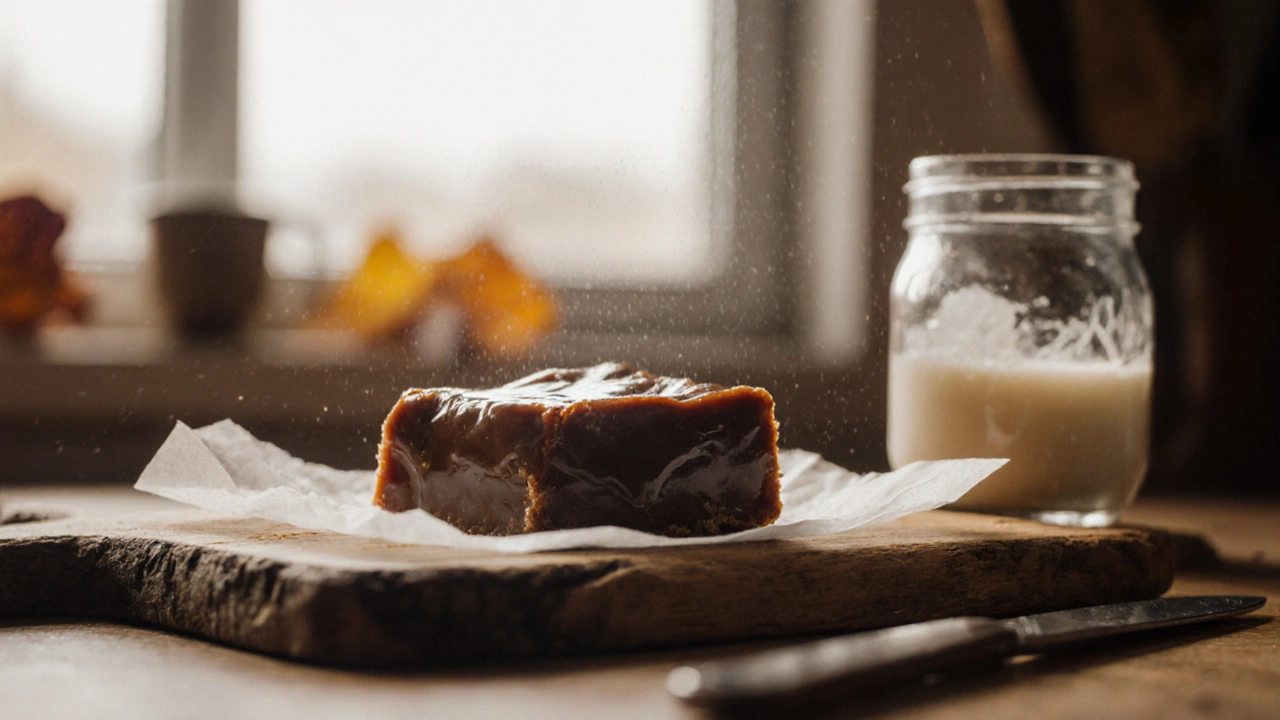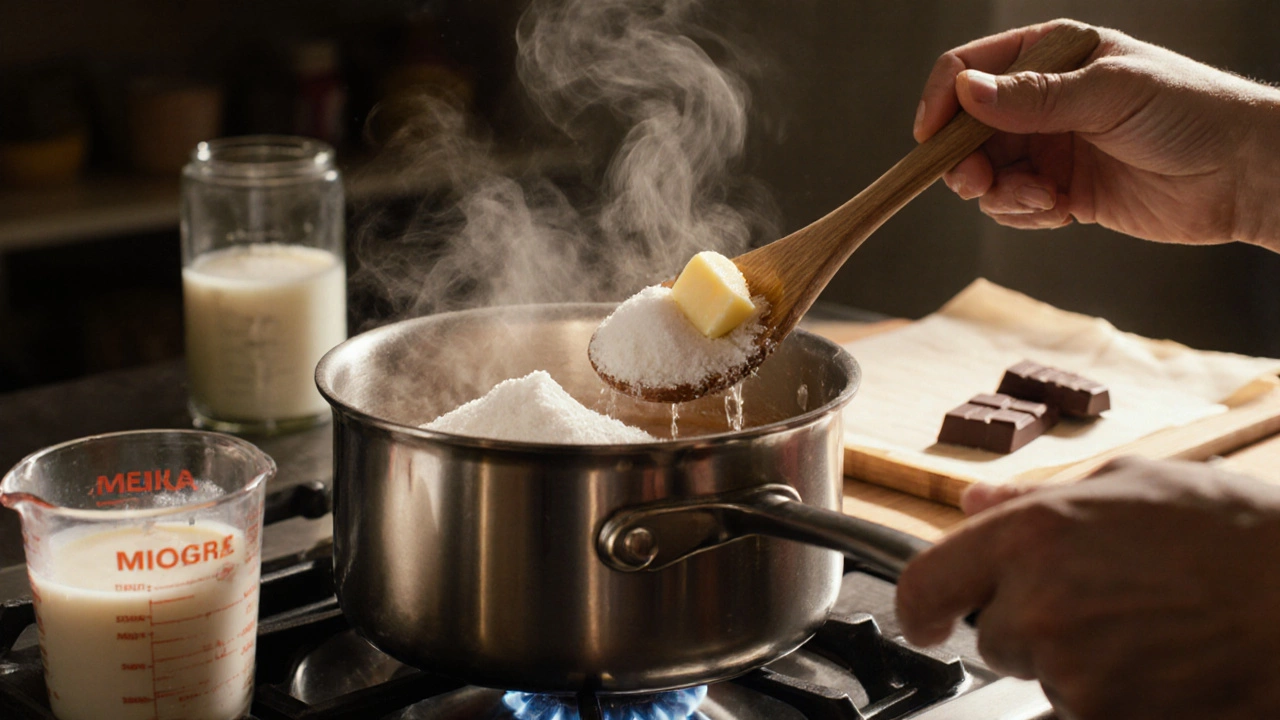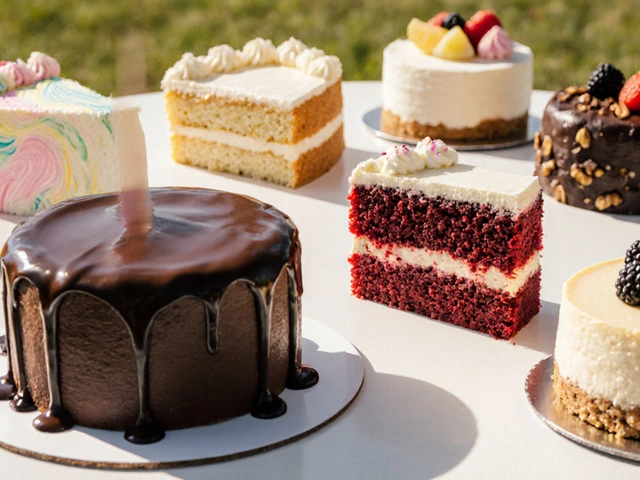Refrigerate Fudge: Keep Your Chocolate Treat Perfect
When working with refrigerate fudge, the process of cooling homemade fudge in a refrigerator to set its texture and extend its freshness. Also known as chill fudge, this step prevents grainy texture and locks in flavor. The core ingredient, fudge, a dense, sweet confection made from sugar, butter, and chocolate, reacts strongly to temperature changes. Using proper refrigeration, the controlled cooling system of a fridge that maintains safe food temperatures ensures the sugar crystals stay small and the butter remains smooth. Meanwhile, chocolate, the cocoa‑based component that gives fudge its rich flavor benefits from quick cooling to avoid bloom. Following basic food safety, guidelines that keep perishable foods out of the danger zone reduces the risk of spoilage. Together these elements create a stable, slice‑ready treat, and that’s why refrigerate fudge is a step you shouldn’t skip.
Why the Chill Matters and How to Do It Right
Refrigerate fudge preserves texture by slowing the crystallization of sugar, which keeps the confection smooth instead of gritty. It also extends shelf life because the cool environment inhibits bacterial growth, a direct link between food safety and the act of chilling. The best results come from using a shallow, airtight container; this spreads the heat evenly and prevents a dry crust. If the fudge is still warm when you seal it, condensation can form, turning the top soggy – a common mistake even seasoned bakers make. For optimal results, let the fudge cool on the counter for about 20‑30 minutes, then transfer it to the fridge. The typical refrigerator temperature of 35–40 °F (2–4 °C) is ideal: cool enough to set the fudge quickly but not so cold that it becomes hard to cut. Some bakers add a layer of parchment paper between fudge and container to make unmolding easier later on.
Beyond the basics, you’ll find plenty of ways to troubleshoot when things go wrong. Grainy fudge often means the mixture was boiled too long or cooled too quickly; a brief rest at room temperature before refrigerating can help. If you notice a white film – chocolate bloom – that usually signals the chocolate was overheated or the fudge was stored in a fluctuating temperature zone; keeping the fridge door closed tightly solves it. For those who love experimenting, you can layer flavored ganaches or sprinkle sea salt before the chill, letting the flavors meld as the fudge sets. Below, the collection of articles dives deeper into each of these topics, from detailed storage guides to rescue tips for failed fudge, giving you a full toolbox to master the art of keeping your chocolate treats perfectly chilled.







